
|
|
Parts of this text were copied from 
Conference Venue
|
The conference will be held at |
Travelling to Muscat
By Plane |
The main airport is Muscat International Airport around 25 km (16 mi) from the city's business district of Ruwi and 15 to 20 km from the main residential localities of Al-Khuwair, Madinat Al Sultan Qaboos, Shati Al-Qurm and Al-Qurm. Muscat is the headquarters for the local Oman Air, which flies to several destinations within the Middle East, the Indian Subcontinent, East Africa and Europe. Other airlines such as Turkish Airlines, Sri Lankan, Royal Jordanian, British Airways, PIA, Jet Airways, Lufthansa, Emirates, Swiss International Air Lines, Kuwait Airways, Air India and Thai Airways also fly through Muscat International Airport. |
By Bus and Taxi |
Several forms of public transport are popular in Oman. Most popular are the "Baiza" buses, so named for the lower denomination of the Omani Rial, the baiza (an adaptation of the Indian lower denomination paisa). These are relatively inexpensive and service all major roadways, as well as a wide and loose network of smaller byways in the greater Muscat metropolitan area, opportunistically dropping off and picking up passengers at any location. Less popular and slightly more expensive are large public buses, coloured red and green, whose service is limited to major roadways and point-to-point travel routes between Oman's major cities and towns. Taxis, also colour-coded orange and white, provide semi-personal transportation in the form of both individual hire and the same opportunistic roadway service as Baiza buses. Baiza buses and colour-coded orange-and-white taxis are unmetered, after several government initiatives to introduce meters were rejected. The fare is set by way of negotiation, although taxi drivers usually adhere to certain unwritten rules for fares within the city. In many countries, one is advised to negotiate a fare with the driver before getting into a taxi. However, in Oman, asking for the fare beforehand often demonstrates a passenger's newness and unfamiliarity with the area. One should always find out the normally accepted fare for one's journey from one's hotel or host before looking for a taxi. Taxis will also generally take passengers to locations out of the city, including Sohar, Buraimi and Dubai. |
By Car |
Cars can be rented at the airport. The Muscat area is well serviced by paved roads and dual-carriageway connects most major cities and towns in the country so driving around is not a problem. |
Useful Map
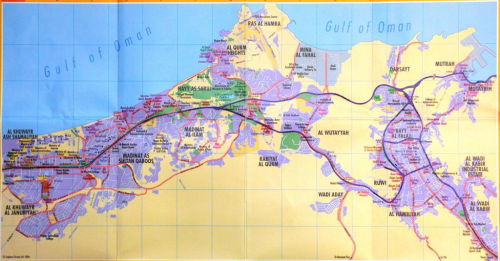
Click on the above map for a detailed view of Muscat
Visitor's Survival Guide
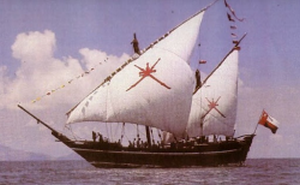
|
Entry Requirements: A passport and visa are required. European and GCC Visitors may obtain a visa for Oman at the airport. The AOU in Muscat can help in processing the visa for other applicants provided they receive full visa fees in advance. Please allow also for 1 month prior to the conference for the visa to be processed. More information on obtaining a VISA can be found here on the official Royal Oman Police website |
Customs Requirements: Internationally prohibited items, such as drugs, firearms, poisons, chemicals, explosives and pornographic materials, among others, may not be imported into Oman.
Travel within Oman: Baiza buses and colour-coded orange-and-white taxis are unmetered. The fare is set by way of negotiation, although taxi drivers usually adhere to certain unwritten rules for fares within the city. In many countries, one is advised to negotiate a fare with the driver before getting into a taxi. However, in Oman, asking for the fare beforehand often demonstrates a passenger's newness and unfamiliarity with the area. One should always find out the normally accepted fare for one's journey from one's hotel or host before looking for a taxi.



 Muscat (Arabic: مسقط, Masqaṭ) is the capital of Oman. It is also the seat of government and largest city in the Governorate of Muscat. Known since the early 1st century CE as an important trading port between the west and the east, Muscat was ruled by various indigenous tribes as well as foreign powers such as the Persians and the Portuguese Empire at various points in its history. A regional military power in the 18th century, Muscat's influence extended as far as East Africa and Zanzibar. As an important port-town in the Gulf of Oman, Muscat attracted foreign tradesmen and settlers such as the Persians, the Balochs and Gujaratis. Since the ascension of Qaboos bin Said as Sultan of Oman in 1970, Muscat has experienced rapid infrastructural development that has led to the growth of a vibrant economy and a multi-ethnic society.
Muscat (Arabic: مسقط, Masqaṭ) is the capital of Oman. It is also the seat of government and largest city in the Governorate of Muscat. Known since the early 1st century CE as an important trading port between the west and the east, Muscat was ruled by various indigenous tribes as well as foreign powers such as the Persians and the Portuguese Empire at various points in its history. A regional military power in the 18th century, Muscat's influence extended as far as East Africa and Zanzibar. As an important port-town in the Gulf of Oman, Muscat attracted foreign tradesmen and settlers such as the Persians, the Balochs and Gujaratis. Since the ascension of Qaboos bin Said as Sultan of Oman in 1970, Muscat has experienced rapid infrastructural development that has led to the growth of a vibrant economy and a multi-ethnic society.

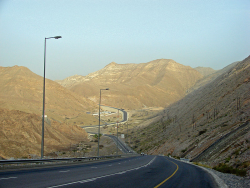
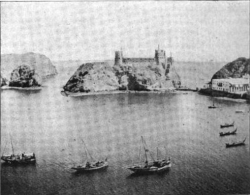
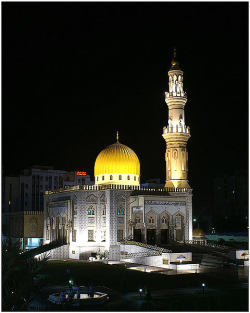
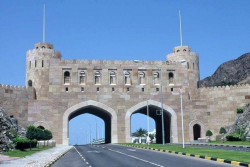
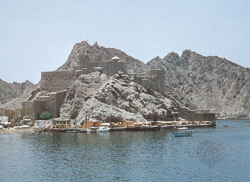
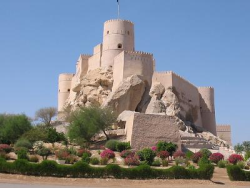
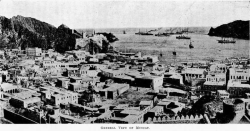
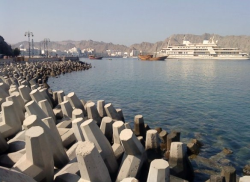
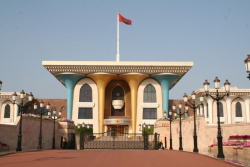
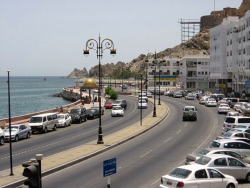
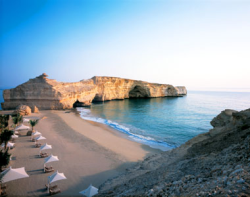


 Tel: +968 24699444
Tel: +968 24699444 Email: to be added
Email: to be added



.png)









